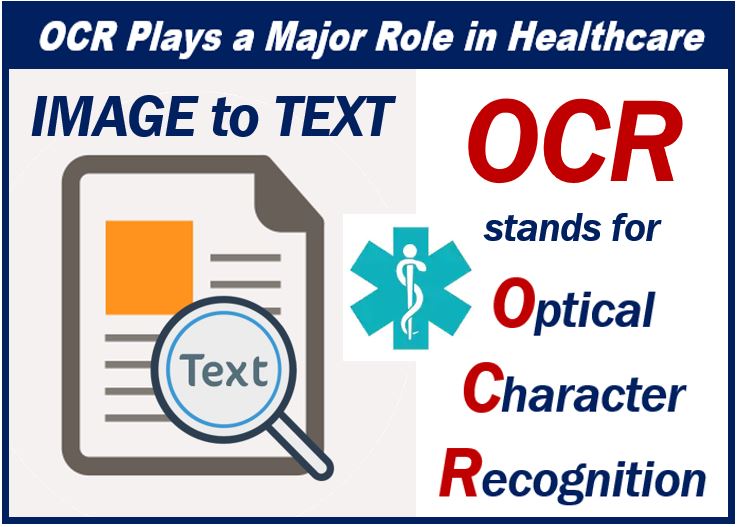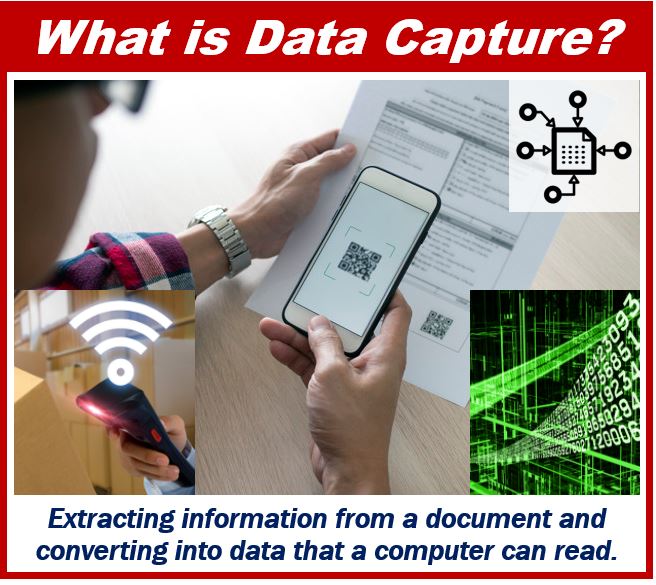OCR and data capture technology have become essential in business environments, driven by a need to strive for digitalisation, and to ‘go green’ by working within a paperless environment. Moreover, OCR and Data Capture Technology are playing an important role in the healthcare sector, too. This provides an opportunity for healthcare businesses to reimagine their working environments, and the possibilities for its use are near-endless.

Automated data capture software solutions based on optical character recognition technology are highly accurate, and they are often even more accurate than the much more time-consuming manual data capture methods that were favoured before OCR solutions came to the fore.
For this reason, and many more, Healthcare Artificial Intelligence solutions have a growing place in the healthcare industry. Here we look at how they can help the healthcare sector remain both affordable and optimised:
Improve Bedside Care
For decades, patient information has traditionally been gathered on a paper observation sheet, by either a doctor or nurse at the patient’s bedside. Sadly, doctors and nurses are so busy in modern hospitals that they have very little time to spend at the bedside: this time, therefore, would be better spent sharing human moments rather than gathering data.
This is where automated data capture comes in. It frees up the time of busy doctors and nurses, enabling them to use their time more efficiently, for example by giving medical advice or focusing on the patients recovery and their emotional needs, too. These solutions are easy to use and can be embedded onto a smartphone or tablet in no time.

Create a Larger Knowledge Library
Knowledge remains at the heart of the medical industry, and the larger the knowledge library about any individual disease, the more effective the management and understanding of that condition will be. Capturing and indexing data digitally allows that information to be anonymised and then used for clinical trials, research, and then enabling the data to be processed and used for research purposes more efficiently.
Ultimately, using data capture technology in this way can help save lives, by creating a robust database that doctors now and, in the future, can use to understand how different conditions are interconnected and the most effective treatment options available for them too.
Increase Cost Efficiency
Finally, while healthcare is a caring profession, it can’t be avoided that it is also a business. And Automated data capture can help make the process of gathering information much faster, ultimately helping to reduce the number of resources that are wasted within the sector: the fewer resources are wasted, the more cost efficiency there will be within the industry.
With automation, healthcare businesses don’t need to waste money on data storage, paper and stationery, and the waste disposal costs associated with disposing of sensitive data in a safe way. Automation can help make traditional paper forms a thing of the past, while simultaneously improving the quality of records that medical professionals are able to keep.
An example is the Estonian healthcare system, known for the fact that 99% of the data generated by hospitals and doctors is digitised, including records, prescriptions and referrals. It really is a win-win situation!
Interesting related article: “What is Automation?“

